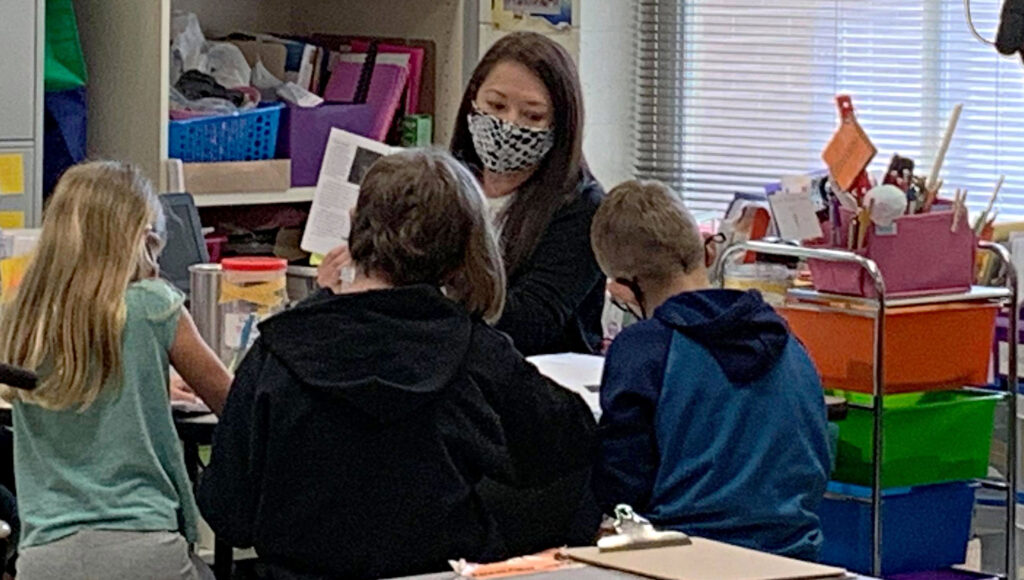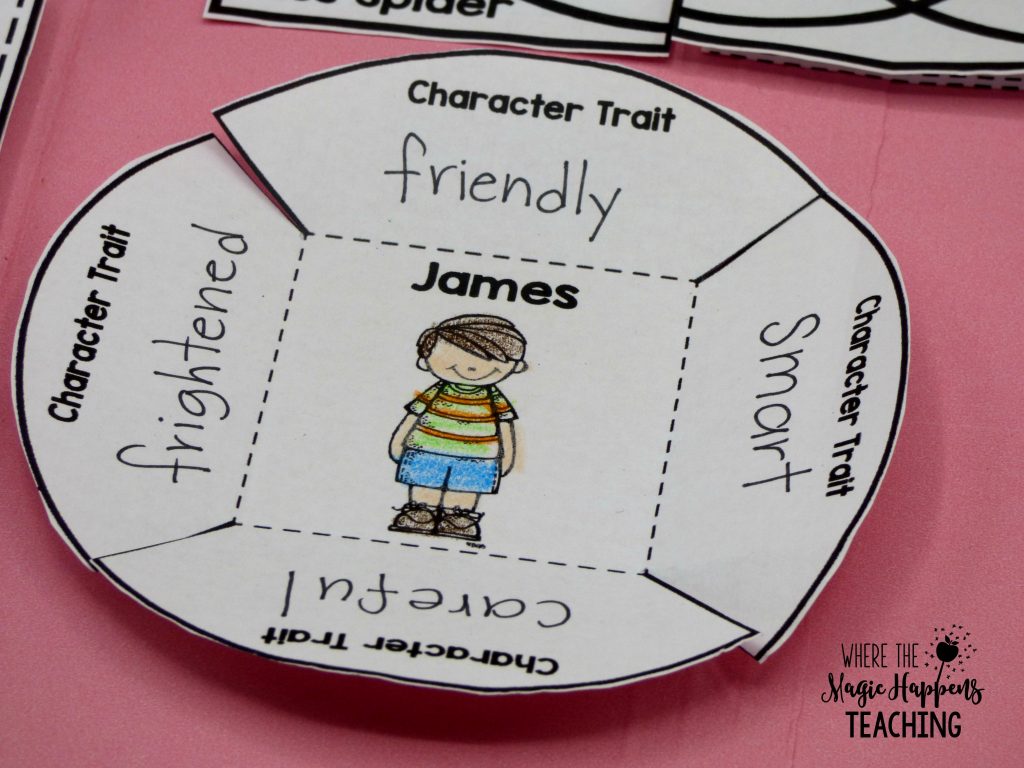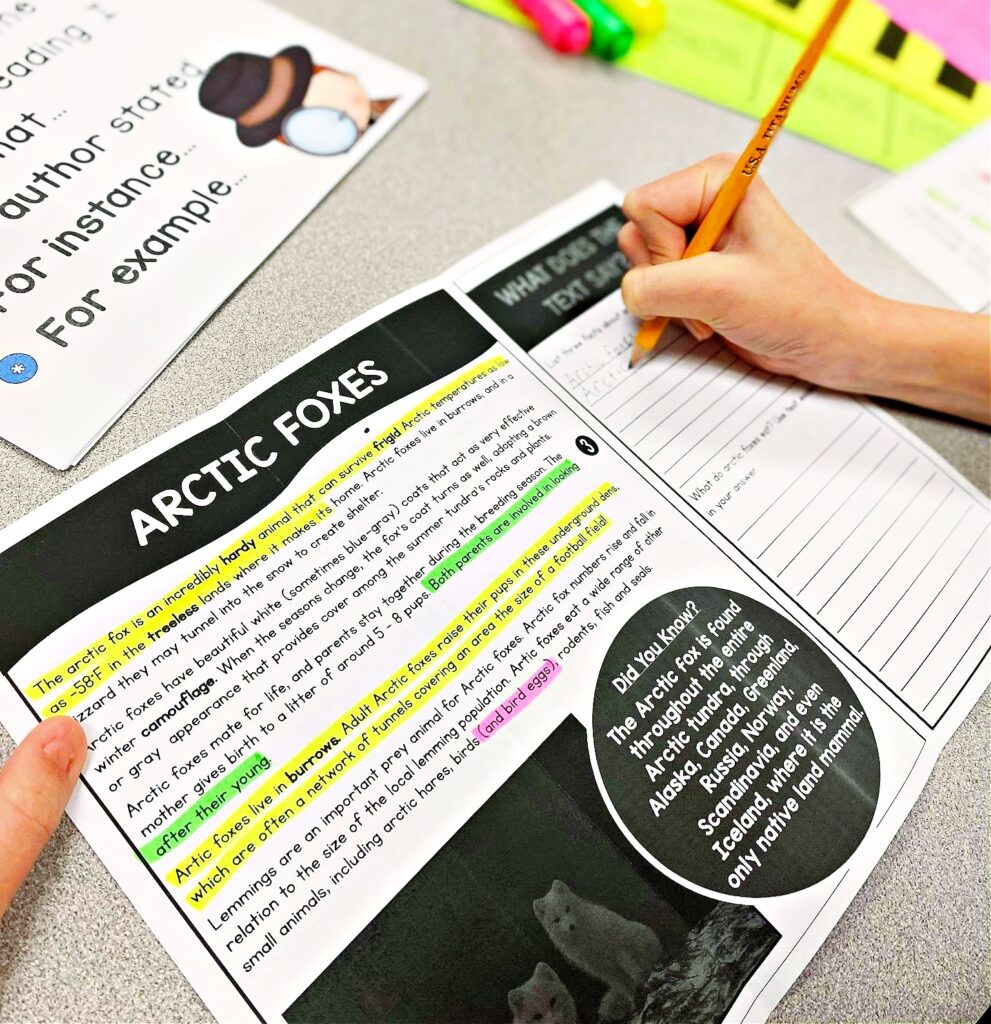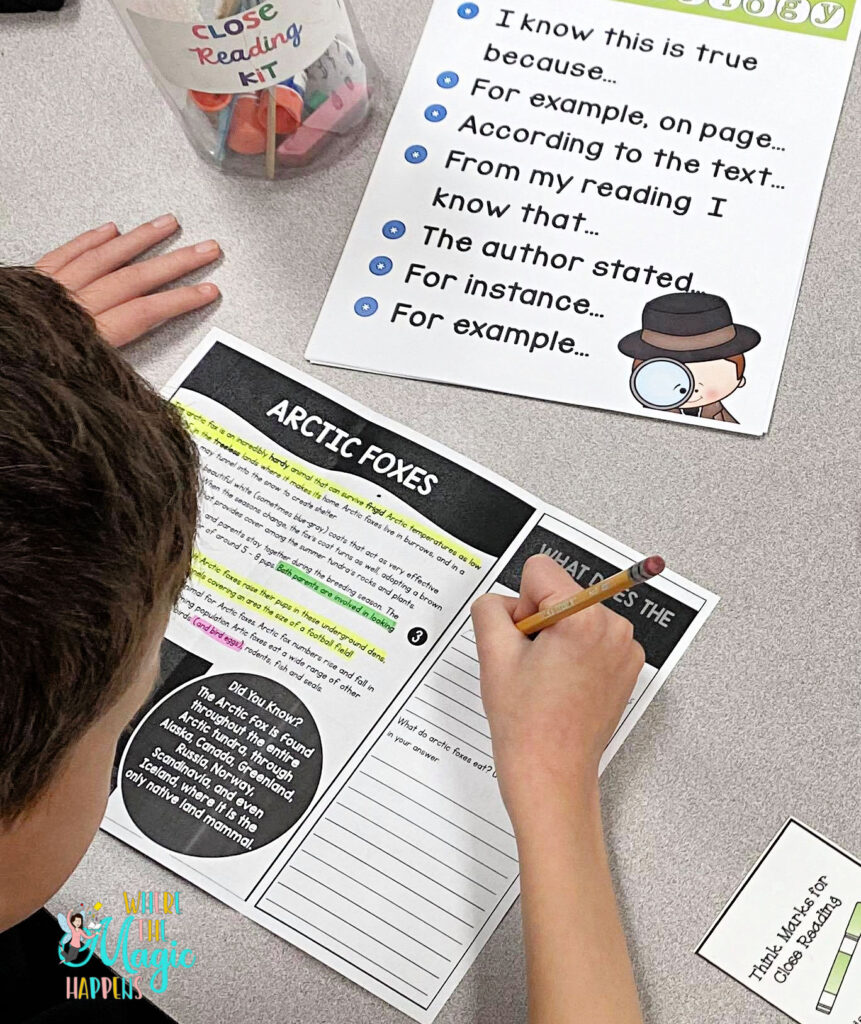Children often come to our classrooms with mixed understandings about reading comprehension. This happens because different teachers have different views about the purpose of reading. What WE attend to in our reading instruction, is what OUR students come to think is important about reading whether it is phonics, learning sight words, answering questions about stories, word meaning, fluency, etc. This is true for anything we learn to do! What does it take to be a good baseball player, cook, pianist, or driver? Depending on your coach/teacher, different aspects of the task will be emphasized. ,

If you don’t think this is true about reading and learning to read, just ask your students some questions from the Burke Reading Interview like:
• When you are reading and you come to something you don’t know, what do you do?
•Who is a good reader you know? What does ____ do that makes them a good reader?
•If you know someone who is having trouble with reading, how would you help them?
Questions like these, reveal that what a student thinks is important about reading. If you hope your students to respond to these questions with something about comprehension or understanding the text, then you need to emphasize this in the way you approach reading experiences for your students.
Now we all know that there are five domains or elements of reading and all of them play a role in the development of the ability to read, but they should all feed into the overarching reason of WHY we read:
understanding.
I try to keep reading for meaning in the forefront of the reading and learning experiences I offer in my classroom. Here are five things I think about when planning with this overarching purpose:
1. Build Disciplinary and World Knowledge –
Whenever I am going to begin the exploration of a topic in any area of the curriculum, I need to remember that understanding the topic in some basic way is important to comprehension. I need to explore and find out what my students already know that is related. Think the old favorite of a KWL chart mentality. I’m not saying to always make such a chart with the children, but think that way as you listen to their talk. You may need to build a foundation about the topic through your read aloud, through videos you share, and pictures and objects you bring into the classroom. You are understanding the K part of a KWL mind set.

2. Engage Students in Discussion –
One way to find out the understandings that your children have about something they are reading about, is through guided discussion throughout the close reading. Think of this like gradually releasing responsibility. It can be as simple as “You know Mo Wilhems as an author so you will like this book too” or as detailed as an introduction and an almost page by page exploration for a book or concept that is interesting, but new. Conversation during and after reading runs this full range too. The key is your thoughtful consideration of how discussion surrounding books and text in general will happen.

3. Provide Motivating Texts and Contexts for Reading –
When you are excited about books and reading, it becomes contagious. Bringing books and reading of other materials into your classroom with enthusiasm will inspire children to want to be readers and do things
surrounding books. Looking for books that the class, and an individual, will like because some of them are “into” the topic and knowing their interests matters. I was not particularly excited about Pokémon or Minecraft, but I learned about it because my students were interested, and it was a tool for my teaching. I can teach for meaning with most any text and it will transfer to other reading materials. The other thing I encourage, is the idea that reading as an important activity.
Reading is not something you do because your “real work” is finished. Reading is an opportunity that is integrated into the school day because we have interesting things to read and explore.
The best way to promote reading motivation, is to give the children different options and value their interests. This task begins in your classroom library!
You can purchase my classroom library book bin labels from my TPT or from my website!
4. Teach Strategies for Comprehending and Text Structures –
Two areas for instruction need to be: monitoring for comprehension and understanding how text is organized. In your introductions to books [or any text for that matter], you will set the purpose for reading. The students will be reading to see if they understand the text and ask themselves questions like “does this make sense?” or “how does this fit with what I know the text is about?”.
The other thing I try to set in an introduction, is how the book works. Statements like “this is a question-and-answer book” or “something happens on each day of the week” sets the stage for how the book works. Children will begin to think like this when previewing a book on their own if you regularly model this.
5. Integrate Reading, Writing, Speaking, and Drawing –
I find that integrating all the language arts enhances comprehension because different children have different ways to express what is known or learned about a topic or book. Keep in mind that exploring comprehension does not mean answering comprehension questions with the one “right” answer the teacher has in mind. Self-expression through a variety of means builds vocabulary and language knowledge because different children will have different ways of sharing what they know or have learned from a text. This is why I have created and LOVE my Let’s Celebrate literature units. They are jam-packed with activities that integrate a wide range of ELA skills and concepts!

When I think this way when planning for my classroom, I find that comprehension is a natural outflow because the children know that reading for meaning is important. In my daily interactions with the students I informally observe, assess, and comment about the meaning we are getting from what we are reading and listening to. Short conversations with my students around books allow me to differentiate their instruction on the spot, and plan for groups around a topic related to comprehension when I find a common need.








Leave a Reply